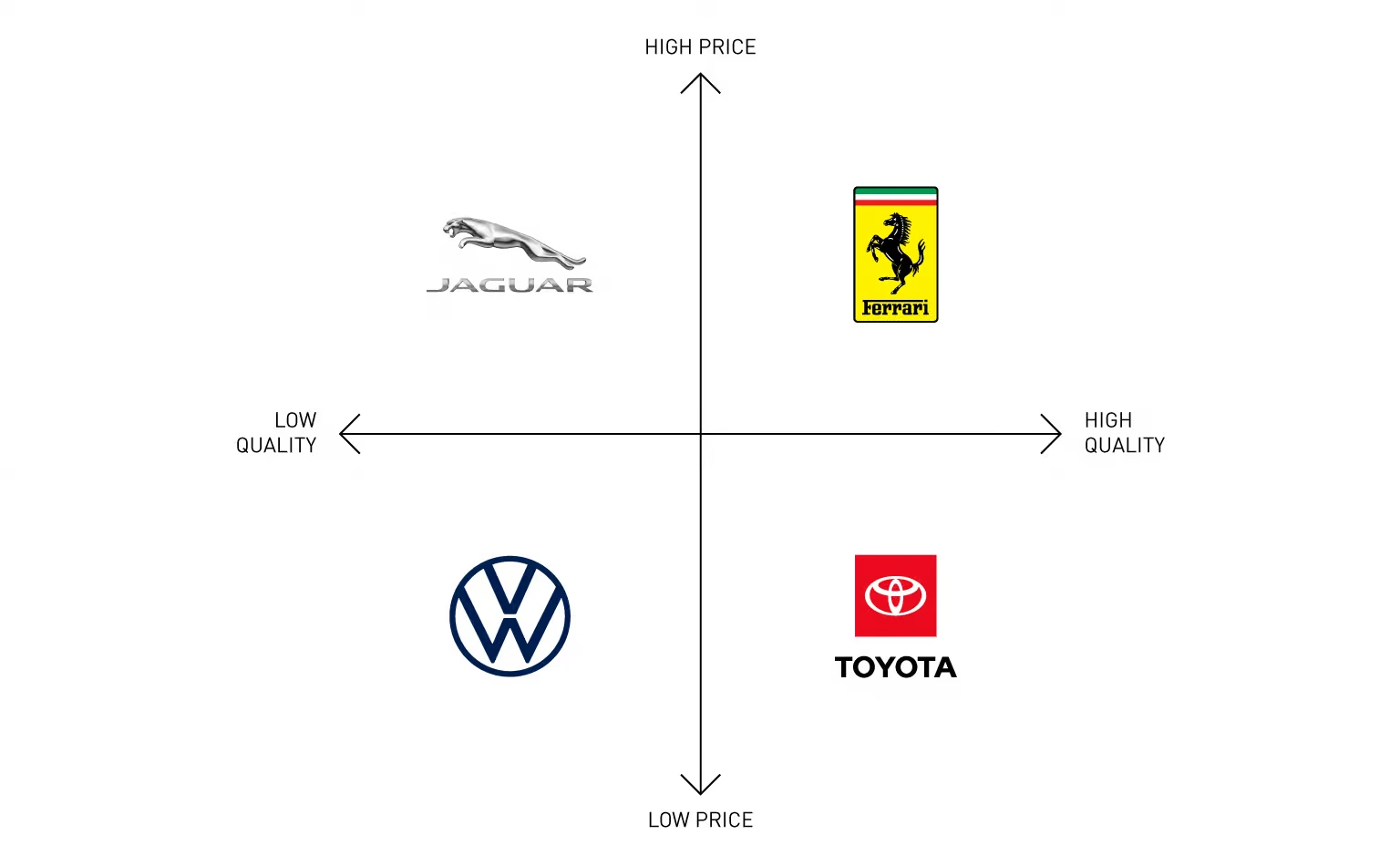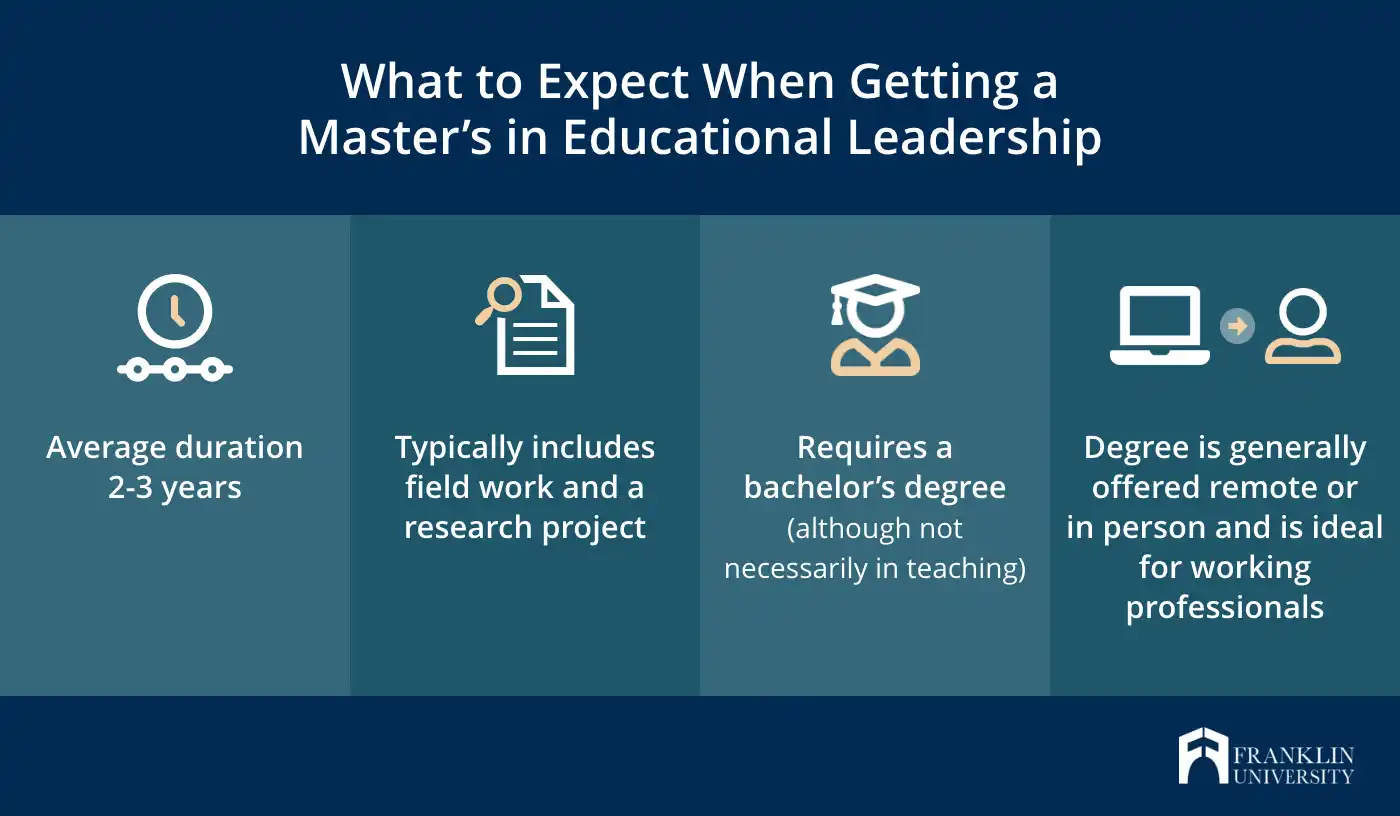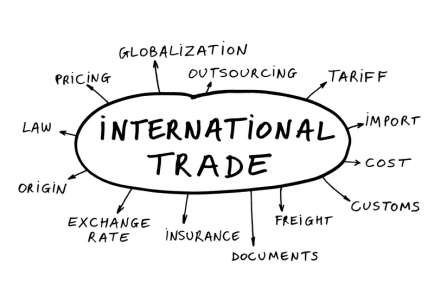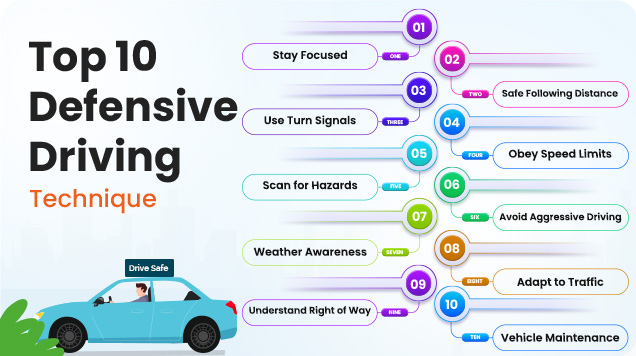Automotive Brand Positioning Strategies
Mia Wilson

Photo: Automotive Brand Positioning Strategies
In the ever-evolving automotive industry, brand positioning is critical for success. With hundreds of players vying for customer attention, a strong positioning strategy not only differentiates a brand but also creates lasting connections with consumers. This article explores the key strategies that automotive brands can employ to effectively position themselves in the market, ensuring long-term growth and customer loyalty.
What Is Brand Positioning in the Automotive Industry?
Brand positioning refers to the process of crafting a unique identity and perception for a brand in the minds of consumers. In the automotive sector, this involves defining how a brand stands out based on factors such as quality, innovation, performance, affordability, or sustainability. Effective positioning influences consumer preferences and helps companies command loyalty, even in highly competitive markets.
Why Is Brand Positioning Important?
The automotive market is saturated with choices ranging from economy cars to luxury vehicles. Strong brand positioning enables manufacturers to:
- Build Emotional Connections: Evoking emotions through storytelling or lifestyle alignment.
- Gain Competitive Edge: Highlighting unique selling points (USPs) that competitors lack.
- Drive Consumer Loyalty: Establishing trust and dependability for repeat purchases.
Key Strategies for Automotive Brand Positioning
To stand out in the competitive automotive industry, brands must adopt innovative and targeted strategies. Here are some effective approaches:
1. Leverage Emotional Branding
Emotional branding focuses on creating a strong emotional bond with consumers. Brands like BMW capitalize on this by associating their vehicles with the joy of driving and aspirational lifestyles. Their slogan, "The Ultimate Driving Machine," emphasizes passion and performance, appealing to consumers' emotions.
- Actionable Tip: Incorporate customer testimonials or user-generated content to showcase real-life connections with the brand.
2. Focus on Sustainability
With increasing environmental concerns, automotive brands are shifting towards sustainability. Tesla has revolutionized the market by positioning itself as the leader in electric vehicles (EVs) and sustainability. This not only appeals to eco-conscious consumers but also aligns with global trends toward green mobility.
- Actionable Tip: Highlight sustainable practices such as eco-friendly manufacturing processes, recyclable materials, or reduced carbon emissions in marketing campaigns.
3. Highlight Technological Innovation
Consumers are drawn to brands that embrace cutting-edge technology. From self-driving features to advanced infotainment systems, innovation signals progress and value. For instance, Mercedes-Benz integrates artificial intelligence (AI) and intuitive design to enhance the driving experience.
- Actionable Tip: Regularly communicate technological advancements through engaging content, including videos or interactive demos.
4. Capitalize on Heritage and Legacy
Long-established brands like Ford and Toyota often rely on their legacy to build trust and familiarity. Their positioning emphasizes reliability and a proven track record, appealing to customers seeking assurance.
- Actionable Tip: Use storytelling to highlight milestones, awards, or historical achievements to reinforce brand credibility.
5. Offer Customization Options
Personalization is a powerful tool for creating unique customer experiences. Brands like Mini Cooper allow buyers to customize their vehicles, enabling them to reflect their personalities. This approach fosters customer satisfaction and loyalty.
- Actionable Tip: Develop user-friendly online tools for vehicle customization and promote these options in advertising campaigns.
6. Adopt Value-Based Positioning
In emerging markets, affordability often trumps luxury. Brands like Hyundai and Kia focus on delivering value for money without compromising quality. Their positioning targets budget-conscious customers looking for reliable and stylish vehicles.
- Actionable Tip: Emphasize cost-effectiveness and long-term benefits, such as fuel efficiency or low maintenance costs, in promotional materials.
Challenges in Automotive Brand Positioning
Despite the benefits, positioning a brand effectively comes with challenges. Here are some common obstacles and how to overcome them:
Market Saturation
The automotive sector is crowded, making differentiation difficult. To overcome this, brands need to find a niche, whether it’s luxury, sustainability, or affordability, and commit to excelling in that area.
Rapid Technological Changes
The fast-paced nature of technological advancements can make it hard for brands to keep up. Investing in research and development (R&D) and staying informed about industry trends are essential for maintaining relevance.
Changing Consumer Preferences
Consumer priorities are evolving, with younger generations favoring sustainability and digital experiences. Brands must be agile, adapting their strategies to meet these shifting demands.
Case Studies: Successful Automotive Brand Positioning
Tesla: The Sustainability Pioneer
Tesla’s positioning strategy revolves around its commitment to sustainability and innovation. By focusing exclusively on electric vehicles, Tesla appeals to eco-conscious consumers and positions itself as a disruptor in the automotive industry.
BMW: The Luxury Performance Leader
BMW successfully combines luxury with performance. By targeting driving enthusiasts and positioning its cars as status symbols, the brand commands premium pricing and a loyal customer base.
Toyota: The Reliability Champion
Toyota has built its reputation on reliability and durability. Through consistent messaging and a history of delivering dependable vehicles, Toyota remains a top choice for practical consumers.
Tips for Crafting a Strong Brand Positioning Strategy
- Understand Your Audience: Conduct thorough market research to identify customer needs and preferences.
- Define a Unique Value Proposition (UVP): Clearly articulate what sets your brand apart from competitors.
- Consistency Is Key: Ensure that branding across all platforms advertisements, websites, and social media reflects the same message.
- Monitor Competitors: Keep an eye on competitors to identify gaps in the market and capitalize on them.
- Adapt to Trends: Stay ahead by adopting new technologies, addressing sustainability concerns, or catering to emerging demographics.
Conclusion: Driving Success Through Strategic Positioning
In the competitive world of automotive manufacturing, brand positioning is a non-negotiable factor for success. By adopting tailored strategies whether through emotional branding, sustainability, or innovation automotive companies can carve out a distinct identity in the marketplace. The key lies in understanding consumer needs, staying adaptable to change, and consistently delivering on promises.
For businesses aiming to strengthen their positioning, now is the time to innovate, differentiate, and accelerate toward future success.
For You
View AllSolo doesn’t mean lonely! Learn the best ways to meet people and build connections during your solo adventures.
Mia Wilson
Explore how AI is revolutionizing healthcare and improving patient outcomes.
Mia Wilson
Learn what international trade is and why it’s essential for global economies. Click for an engaging overview!
Mia Wilson
Avoid these 7 common solo travel mistakes to ensure your trip is smooth, safe, and filled with unforgettable experiences.
Mia Wilson
Learn essential defensive driving tips to stay safe and avoid accidents. Master the skills for a safer driving experience today!
Mia Wilson
Learn how globalization impacts economies worldwide, from trade to employment. Click for a balanced analysis!
Mia Wilson
Education
View All
April 22, 2025
What Is Early Childhood Education?
Explore early childhood education, its benefits, and how it shapes a child’s future. Start building strong foundations!

May 6, 2025
What Can You Do With a Master’s in Education?
Explore the career opportunities and advancements possible with a master’s in education. Take the next step today!

April 27, 2025
What Is Continuing Education?
Understand continuing education, its benefits, and how it boosts career growth and lifelong learning. Learn more!





